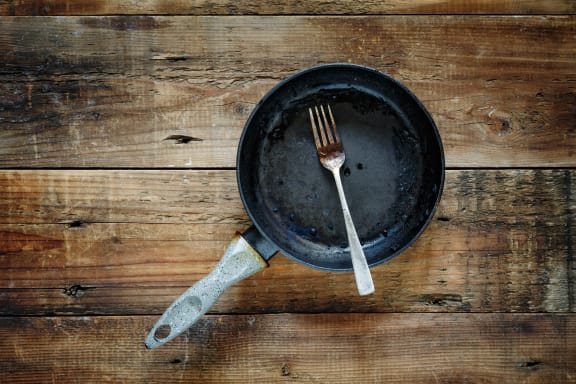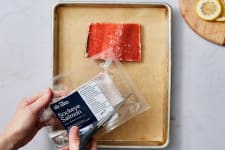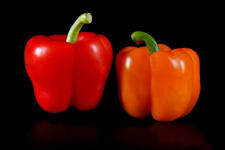One of the easiest, most reliable ways to elevate your wild-caught seafood recipes is by deglazing your pan. Deglazing is a culinary technique that anyone can do, and it takes place in a matter of seconds. Essentially, you’re using the heat of a pan and a splash of liquid to loosen up tasty, caramelized bits of flavor from the surface of whatever cooking vessel you’re cooking with.
When you’re making a soup or something saucy for your wild-caught seafood, you ought to deglaze the vessel every time you get the opportunity to do so.
Deglazing 101
When you’re making a chowder, one of your first steps will likely involve cooking down something like onions in your fat of choice. In this process, you might notice that the bottom of your cooking vessel will begin to pick up some brown bits that stick to its surface, forming streaks that will begin to “glaze” the vessel. These browned bits are called the fond, and the fond is what you’ll be deglazing from the pan.
To do this, you’ll need some liquid. You can use any liquid that isn’t fat-based (meaning, don’t use oil or melted butter) to deglaze a pan. Wine, stock, broth, some canned tomatoes with their liquid, coconut milk, or even plain water are fine to use in the process. This recipe from Food Network for bouillabaisse has you deglaze a pot with about two cups of white wine and a splash of Pernod.
Building Flavor for Soups and Sauces
In the case of chowder, your recipe will perhaps have you add seafood stock to the pot when the onions and whatever else in the pan has finished softening. Rather than pouring in all of your liquid at once, you’ll want to add about a cup or two of stock to the pot; take care when you’re doing this, as the liquid will begin to bubble aggressively as soon as it hits the heat. While it’s bubbling, take your wooden spoon (or whatever you’re using to stir the pot) and gently scrape the fond from the surface. The liquid will help loosen this glaze, so it should release easily within a few seconds. That’s all you have to do to deglaze successfully.
After you’ve finished deglazing the pot, add in the rest of your liquid and complete the recipe as written, knowing that you have released these caramelized bits of flavor into your chowder. This trick will come in especially handy when you’re using bacon in the recipe, as bacon will definitely leave behind some good fond. Try deglazing if you’re making this bacon-inflected corn and cod chowder from Food & Wine.
Deglazing can also be one of the final steps in a recipe, used to pull together a sauce from any fond that has developed in the pan from searing a fillet. For instance, this recipe from Billy Parisi has you deglazing a pan after searing a fillet of salmon, using both lemon juice and white wine as liquids to build flavor for a creamy, lemon-butter sauce.
You may also want to know how deglazing works when you’re making certain stocks. Most stocks just have you adding a mix of raw ingredients to a boiling pot of water, where their flavors will infuse the stock as the pot simmers; this works perfectly when you’re making veggie stock or a classic seafood stock. However, if you’re making stock from spot prawn shells or any other crustacean, deglazing the pan is a key step in creating flavorful stock, since the shells will leave behind some fond on the bottom of the pot as you fry them up. Check out our post on how to make prawn stock — it’s so easy to do and makes a ridiculously rich stock.
Notes on Equipment
Keep in mind that in order to be able to deglaze a pan, you’ll need some bits of food to stick to it in the first place — so don’t use a non-stick pan if you want to be able to utilize those caramelized, brown bits flavor. Cast iron pans can be deglazed as well, even with acidic ingredients like lemon juice or tomatoes. Acidic ingredients are only going to remove the seasoning from these pans when they’re exposed to them for long periods of time — for example, if you’re simmering tomato sauce in cast iron for an hour — so you can rest assured that deglazing isn’t going to undo the work you put into seasoning the pan.
Regardless of what vessel you’re cooking in, make sure that you have a wooden or silicone implement to scrape the fond from the bottom of the vessel. Whether it’s a spoon or a spatula, it can help you get every last bit of fond that your vessel has developed. The surface or your pat or pan is going to be hot, so you don’t want to risk melting plastic kitchen tools to do this, and metal tools may end up scratching the surface.






